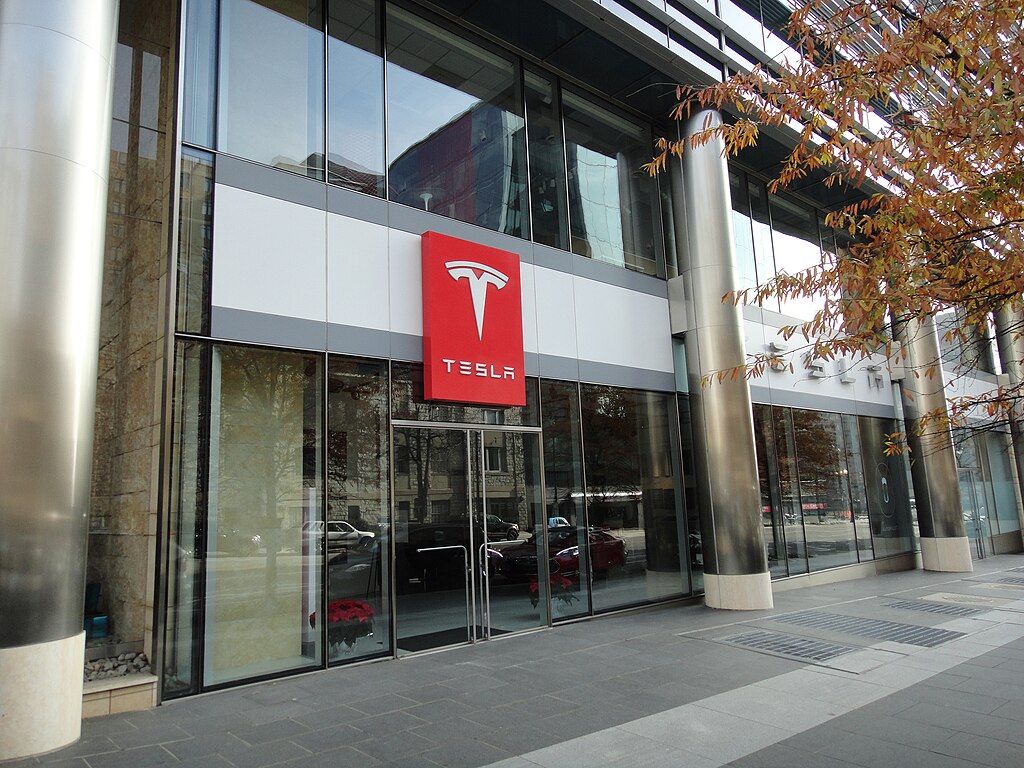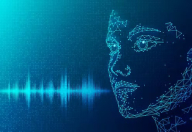Tesla’s Full Self-Driving (FSD) technology is a key driver behind Piper Sandler’s $400 price target, with investor interest intensifying ahead of a potential robotaxi rollout in Austin. Analyst Alexander Potter emphasizes that Tesla’s FSD software is the most significant factor in their valuation model. Piper Sandler recently hosted Elias Martinez, creator of the FSD Community Tracker, to evaluate the current state of the technology.
According to Martinez, Tesla’s FSD Version 13 shows substantial improvement over previous iterations but still falls short of full autonomy. The leap from Version 12 to 13 reportedly doubled "miles to disengagement," a critical safety and performance metric. Over a three-year period, the system has improved 8x compared to Version 10, especially in navigating pedestrians and adverse weather conditions.
Despite notable gains, comparing Tesla’s FSD to competitors like Waymo remains difficult due to filtered data. Waymo averages over 45,000 miles per collision, while Tesla is estimated at 4,000–10,000 miles, though actual figures in Austin may be better. Martinez speculates Tesla is developing custom maps for Austin, which could enhance the software’s ability to handle local driving quirks like occluded stop signs and complex intersections.
While Tesla relies solely on camera-based systems, Martinez suggests incorporating audio sensors and advanced mapping could significantly improve performance—especially in identifying emergency vehicles. He also noted Tesla could adopt remote human assistance during edge cases, a tactic used by other autonomous vehicle companies.
As Tesla prepares for its robotaxi debut in Austin, the performance of its FSD software remains under the microscope. With significant progress made but full autonomy still elusive, how Tesla handles the final stretch could determine its competitive edge in the autonomous driving race.



 Evercore Reaffirms Alphabet’s Search Dominance as AI Competition Intensifies
Evercore Reaffirms Alphabet’s Search Dominance as AI Competition Intensifies  SpaceX CEO Elon Musk Denies Reports of $800 Billion Valuation Fundraise
SpaceX CEO Elon Musk Denies Reports of $800 Billion Valuation Fundraise  Trump’s Approval of AI Chip Sales to China Triggers Bipartisan National Security Concerns
Trump’s Approval of AI Chip Sales to China Triggers Bipartisan National Security Concerns  Gulf Sovereign Funds Unite in Paramount–Skydance Bid for Warner Bros Discovery
Gulf Sovereign Funds Unite in Paramount–Skydance Bid for Warner Bros Discovery  SpaceX Insider Share Sale Values Company Near $800 Billion Amid IPO Speculation
SpaceX Insider Share Sale Values Company Near $800 Billion Amid IPO Speculation  Trump Criticizes EU’s €120 Million Fine on Elon Musk’s X Platform
Trump Criticizes EU’s €120 Million Fine on Elon Musk’s X Platform  EU Court Cuts Intel Antitrust Fine to €237 Million Amid Long-Running AMD Dispute
EU Court Cuts Intel Antitrust Fine to €237 Million Amid Long-Running AMD Dispute  Westpac Director Peter Nash Avoids Major Investor Backlash Amid ASX Scrutiny
Westpac Director Peter Nash Avoids Major Investor Backlash Amid ASX Scrutiny  IBM Nears $11 Billion Deal to Acquire Confluent in Major AI and Data Push
IBM Nears $11 Billion Deal to Acquire Confluent in Major AI and Data Push  EssilorLuxottica Bets on AI-Powered Smart Glasses as Competition Intensifies
EssilorLuxottica Bets on AI-Powered Smart Glasses as Competition Intensifies  Intel’s Testing of China-Linked Chipmaking Tools Raises U.S. National Security Concerns
Intel’s Testing of China-Linked Chipmaking Tools Raises U.S. National Security Concerns  Rio Tinto Signs Interim Agreement With Yinhawangka Aboriginal Group Over Pilbara Mining Operations
Rio Tinto Signs Interim Agreement With Yinhawangka Aboriginal Group Over Pilbara Mining Operations  SK Hynix Labeled “Investment Warning Stock” After Extraordinary 200% Share Surge
SK Hynix Labeled “Investment Warning Stock” After Extraordinary 200% Share Surge  JD.com Pledges 22 Billion Yuan Housing Support for Couriers as China’s Instant Retail Competition Heats Up
JD.com Pledges 22 Billion Yuan Housing Support for Couriers as China’s Instant Retail Competition Heats Up  SoftBank Eyes Switch Inc as It Pushes Deeper Into AI Data Center Expansion
SoftBank Eyes Switch Inc as It Pushes Deeper Into AI Data Center Expansion  Moore Threads Stock Slides After Risk Warning Despite 600% Surge Since IPO
Moore Threads Stock Slides After Risk Warning Despite 600% Surge Since IPO  SK Hynix Considers U.S. ADR Listing to Boost Shareholder Value Amid Rising AI Chip Demand
SK Hynix Considers U.S. ADR Listing to Boost Shareholder Value Amid Rising AI Chip Demand 































